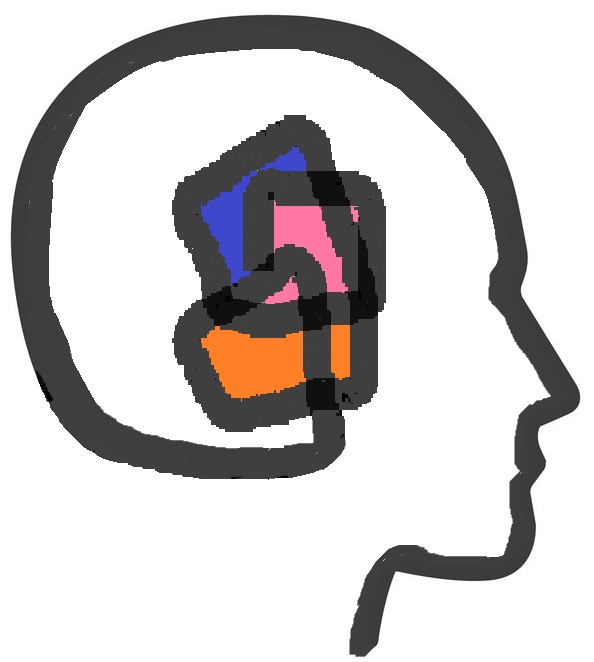
Vertigo Migraines
Epidemiological research is showing that there is a concurrence of both vertigo and migraines in 3.2 percent of the population, due to the fact that people who suffer from migraines frequently also experience dizziness and vertigo (Neuhauser et al., 2006). In fact, there are more people who are suffering from vertigo due to migraines, than there are from benign paroxysmal positional vertigo (BPPV), Meniere’s disease, and motion sickness. A vestibular migraine is a syndrome where the symptom of vertigo is directly triggered by the migraine, affecting approximately 10 percent of the dizziness and vertigo patients seen by vestibular specialists, and one percent of the general population (Neuhauser et al., 2001). Patients suffering from vertigo migraines can experience the syndrome at any age, often showing signs and symptoms even from childhood (between ages 6 and 12 years old), presenting first with benign position vertigo, which eventually manifests into vestibular migraines (Abu-Arafeh, Russell; 1995). Females are shown to report more vertigo migraines compared to their male counterparts (Neuhauser et al., 2001). Research has also shown a potential relationship between vertigo migraines and family history, due to an autosomal dominant gene predisposition, that does not affect men as much (Oh; 2001).
A patient who is diagnosed with a vestibular migraine will report to the vestibular clinician that their vertigo attacks are spontaneous in nature, but can also be triggered by position changes. Vertigo symptoms can last from seconds to days, and may be accompanied by headaches, auras, noise sensitivity (phonophobia), and light sensitivity (photophobia). It is difficult for clinicians to accurately assess these types of patients objectively, as they are relatively symptom-free when not experiencing a vertigo migraine. Whereas, when patients are in the acute attack of a migraine, the clinician may observe spontaneous- or positional-nystagmus (rapid eye movement).
The treatment of vertigo migraines has primarily relied on pharmacology to manage the migraines. Non-pharmacological interventions include preventative measures through educating patients of the origins of vertigo attacks and their association with migraines, and to avoid certain lifestyle behaviours that may trigger migraines. Adapting stress management interventions such as regular exercise, meditation, self-reflection, having adequate sleep and adequate social support have also been shown to prevent the onset of vertigo migraines (Whitney et al. 2000).
- Abu-Arafeh I, Russell G (1995) Paroxysmal vertigo as a migraine equivalent in children: apopulation-based study. Cephalalgia 15:22-25
- Oh AK, Lee H. (2001) Familial benign recurrent vertigo. Am J Med Genet 100: 287-291
- Neuhauser H, Leopold M, von Brevern M, Arnold G, Lempert T (2001) The interrelations of migraine, vertigo, and migrainous vertigo. Neurology 56:436-441
- Neuhauser HK, Radtke A, von Brevern M, Feldmann M, Lezius F, Ziese T, Lempert T (2006) Migrainous vertigo: prevalence and impact on quality of life. Neurology 67:1028-1033
- Whitney SL, Wrisley DM, Brown KE, Furman JM (2000) Physical therapy for migraine-related vestibulopathy and vestibular dysfunction with history of migraine. Laryngoscope 110:1528-1534
All health content provided on ‘The Dizziness Class’ website should not be considered medical advice or a substitute for a consultation with a physician or any other primary health care provider. Our website is neither able to predict nor control unforeseeable circumstances with the information provided on its web pages. Thus, we cannot offer specific medical advice. If you are encountering any medical problem, please contact the appropriate primary health care provider. Please read our disclaimer.